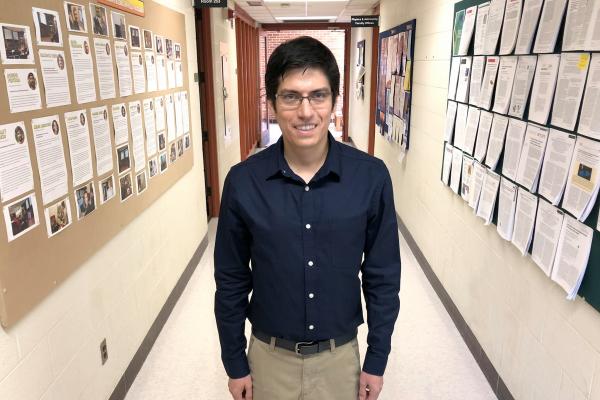
The manipulation and control of the spin promise to give rise to a new branch of technological development -the spintronics-, which could allow us to build devices with higher processing speed and energy efficiency. So far, the most studied trend in spintronics has been the manipulation of the electron spin in (ferro)magnetic materials. However, materials with strong spin-orbit coupling come out as very promising alternatives, such as the case of some two-dimensional (2D) families of layered crystals. Here I will present our study of induced magnetic effects on the 2D semiconducting transition metal dichalcogenides, such as MoS2, WS2, and MoTe2. We model finite structures, such as flakes, ribbons, and heteroribbons, with a suitable low energy three-orbital tight binding model and with effective models. Then we describe magnetic interactions in different systems, such as magnetic impurities in MoS2 flakes and MoS2-WS2 heteroribbons, and find tunable magnetic long-range interactions with sizable non-collinear Dzyaloshinskii-Moriya terms. For MoTe2 ribbons deposited on a ferromagnetic insulator substrate, we predict spin-polarized currents at the sample edges with tunable features. All these findings could be explored experimentally with spin-polarized STM and/or current probes, and accessible through electrostatic gating.
